#naturalHistory
Explore tagged Tumblr posts
Text



Potamon sp. Crab Fossil; Pleistocene Epoch (2.58 - 0.012 MYA)
#fossil#fossils#crab fossil#prehistoric#collectible fossil#fossil collection#sea fossil#marine biology#marine fossil#special collections#collectibles#crystals#geology#rocks and minerals#stone aesthetic#paleontology#naturalhistory#evolutionarybiology#natural#natural history#natural life#marine animals#gemstones#sea creatures#sea life#marine life#sea animals
15K notes
·
View notes
Text
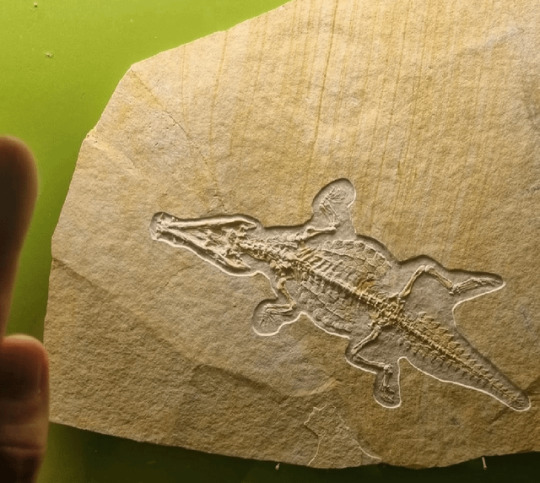
The fossil of a 20cm baby crocodile from Germany.
#fossils#archeology#naturalhistory#paleontology#nature#photography#paleontography#animals#cute animals#crocodile#reptile
27K notes
·
View notes
Text

How many insects can you spot?
Insects are the masters of camouflage and mimicry! Insects that are are camouflaged blend in with their environments through colors, patterns, and shapes. Mimicry is an evolutionary adaptation where insects resemble another species or a natural object.
There are 27 insects in this illustration showcasing the wonders of camouflage and mimicry. If you are curious as to where all the little wild things are, view this key from the text in Biodiversity Heritage Library for the answers!
SciArt by H. Morin for The Royal Natural History, Vol. 6 (1896), edited by Richard Lydekker.
241 notes
·
View notes
Text
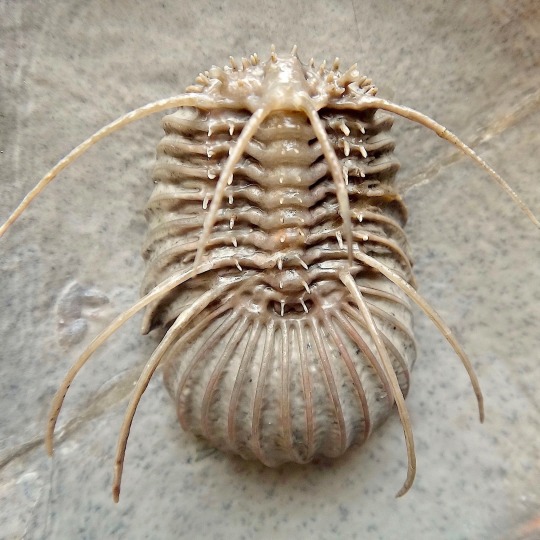
It’s Trilobite Tuesday! Pictured is a rare, complete example of a trilobite of the genus Radiaspis. This 2-in- (5.1-cm-) long specimen was found in the Jorf Devonian outcrops of eastern Morocco. It took more than 30 hours to free this spinose critter from the surrounding limestone matrix.
#trilobite#trilobite tuesday#animals#nature#natural history#science#did you know#fact of the day#cool animals#devonian#ancient animals#paleontology#fossils#fossil#naturalhistory#museum
605 notes
·
View notes
Text

what if we kissed at the mazon creek fossil beds 😳
#biology#sciblr#stem#science#paleontology#geology#minerals#crystals#gems#rocks#dinosaurs#fossils#evolutionarybiology#triassic#naturalhistory#mosasaur#prehistoric#dinos#dinosaur#paleo art#triceratops#spinosaurus#dinosuar
341 notes
·
View notes
Text
Paleoart Sketching at the Royal Tyrell Museum
I promise I’ll get better photos eventually, but here’s a quick dump from my trip to drumheller! Visited the museum for some amount of hours over two days so I could sketch the mounts, all of these are done on watercolour paper so hopefully when I next post about them, they’ll be painted up and pretty :)
What museum do you guys recommend to go to next? (At least, in North America)
Hopefully going back for visit number 6 next year! (I’m so greedy, I need to go back again and again)


Young Gorgosaurus libratus, death pose.
more under cut


Dromaeosaurus albertensis I believe, I gave it some strange butt plumage there but oh well


Black beauty (Tyrannosaurus rex) had a nice little chat with a photographer while drawing this one, we were both struggling to perform our arts with the massive crowd ;-; luckily day two was a lot less busy, I went first thing in the morning rather then midday.



Ornithomimus brevitertius, as to which the species Google refused to elaborate whether it’s synonymous with a different dinosaur species or genus so to this day I am unsure if it is a valid radon :,D regardless, this was probably my favourite sketch, working on painting it rn

I don’t remember the tag on this one, gonna guess it was a type of corythosaurus?
I’ll do some extra photo dumping from the museum later :)
#art#dinosaur#paleoart#paleontology#artists on tumblr#traditional art#sketching#sketch#science#dinosaur museum#royal tyrell museum#canada#paleoart sketching#my art#my post#mount sketching#fossils#prehistoric#naturalhistory
36 notes
·
View notes
Text
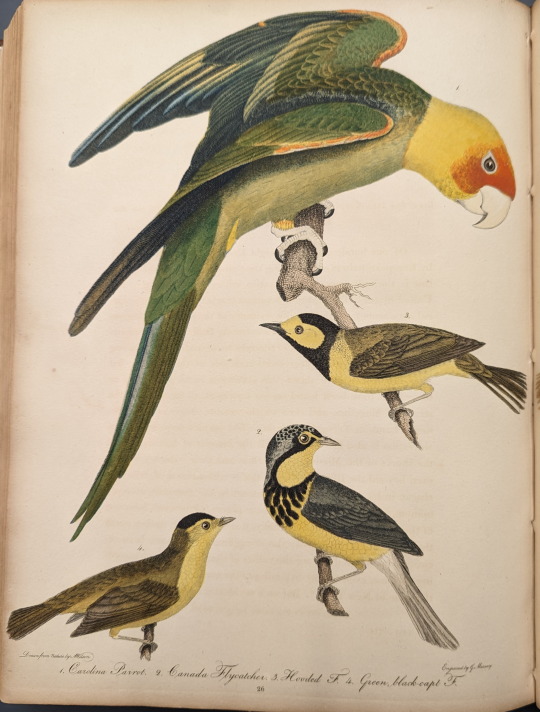
From: Wilson, Alexander, and George Ord. American Ornithology : Or, The Natural History of the Birds of the United States ; Illustrated with Plates, Engraved and Colored from Original Drawings Taken from Nature. Philadelphia: Bradford and Inskeep, 1808. Print.
QL674 .W75 1808
#19thcentury#natureillustration#naturalhistory#birds#ornithology#carolina parakeet#flycatcher#Alexander Wilson#extinct birds#extinct species#libraryofva#specialcollections#rarebooks
136 notes
·
View notes
Text
x
#fossils#fossil#crinoid#star#stars#christmas#ancient#curiosity#nature#photography#natural#history#naturalhistory#jurassic#coast#jurassiccoast#beach#stones#rocks#sea#sand#maryanning#dinosaur#palaeontology#geology#dorset#charmouth#charmouthbeach#lymeregis#fascinatingfossils
85 notes
·
View notes
Text

Two-Headed Taxidermy Chick Available Here!
#OuroborosTaxidermy#RogueTaxidermy#Taxidermy#VultureCulture#VultureCore#TaxidermyChick#TwoHeadedChick#Oddities#OdditiesandCuriosities#Oddity#Curiosity#Wunderkammer#OdditiesForSale#TaxidermyArt#FantasyArt#NaturalHistory#ChickTaxidermy#PreservedAnimals
40 notes
·
View notes
Text




Badlands NP, South Dakota.
#badlands#badlandsnationalpark#national park#southdakota#SD#south dakota#geology#eons#natural history#naturalhistory
12 notes
·
View notes
Photo
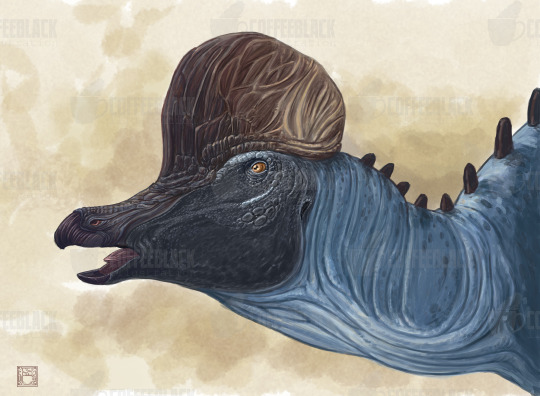
Final for my Corythosaurus casuarius.
The heat of the midday sun relentlessly beats down on a pebble strewn beach, located in what will eventually be known as Alberta, Canada by an as yet not evolved human population. For now, it is 76 million years prior to any human knowing anything, the Late Cretaceous period. The scene is perfect, the pale surface stretching languidly on the inner bend of a gently sloping riverbank. The water is almost placid, rippling slightly as it meanders its way around the river rocks as they break the surface of the water, a vision of serene stillness.
Dried out vegetation and dead tree limbs line the perimeter between the beach and low-lying coastal plain beyond, forming a makeshift a dumping ground for detritus deposited by the flow of the river during the rainy season. A cacophony of crashes and loud honks signals and end to the otherwise peaceful vista as two male Corythosaurs crash through the graveyard of dendrological remains as they face off with each other.
It's mating season, and these two are vying for the attention of the same female. Both of them are immense, measuring around 29 feet in length and weighing in at nearly 3 ton each. The large crests adorning their heads are flushed with color, and they wave them back and forth in a threat display to make themselves look even larger. Rearing up on their hind legs they bellow as the hollow interiors of the crests aid as a kind of natural resonating chamber. Both rivals lunge forward, crashing into each other, their shoulders bearing the brunt of the force while they simultaneously slam their necks into each other in an effort to tire out the other and throw them off their game, the contest can for hours.
Eventually they slow, their energies drained. Finally one of them falters as a large river rock, dug up during the battle finds itself below the animals food, causing it to stumble and loose its balance. With a last surge of strength the other male uses this opportunity to overtake his opponent, with a massive crash the destabilized titan loses their balance and falls to the ground, the victor raising his head and signaling his victory just as the sunlight starts to fade.
#Corythosaurus#dinosaur#dinosaurart#dino#dinoart#paleo#paleoart#paleontology#sciarc#science#naturalhistory#prehistoric#digitalart#digitalillustration#illustrationartists#art#artist#humanart#artistsontumblr
203 notes
·
View notes
Text

Pleistocene Epoch Fossilized Crab


Potamon sp. Crab Fossil; Pleistocene Epoch (2.58 - 0.012 MYA)
#crab fossil#marine biology#marine fossil#sea fossil#stone aesthetic#special collections#collectibles#fossils#fossil#paleontology#pleistocene#geology#rocks and minerals#prehistoric#Pleistocene Fossil#fossilized crab#earth#marine animal#evolutionarybiology#sea creatures#natural history#eartharchives#naturalhistory#fossil collection
120 notes
·
View notes
Text

#dinosaur#dinosaurs#prehistoric#extinct#jurassic#cretaceous#triassic#paleontology#fossil#naturalhistory#museum#science#education#discovery#amazing#incredible#earth#nature#creatures#art#photography#quotes
22 notes
·
View notes
Text

"Queen of the Night"
Selenicereus pteranthus, known as "queen of the night" or "princess of the night" is a night-blooming cactus.
This week's HSA Sunday Garden features SciArt found in The Natural History of Plants, Vol. 1 (1894) by Anton Kerner von Marilaun, translated by F. W. Oliver with the assistance of Marian Busk and Mary F. Ewart. This particular image was printed from the original by Ernst Friedrich Heyn held by the publishing company, Bibliographisches Institut in Leipzig, Germany.
View more in Biodiversity Heritage Library with thanks to the Mertz Library of the New York Botanical Garden for digitizing.
#cactus#night blooming cactus#queen of the night#princess of the night#histsciart#sciart#naturalhistory#biodiversity heritage library#flowers#nybg#flower art#flowercore
289 notes
·
View notes
Photo
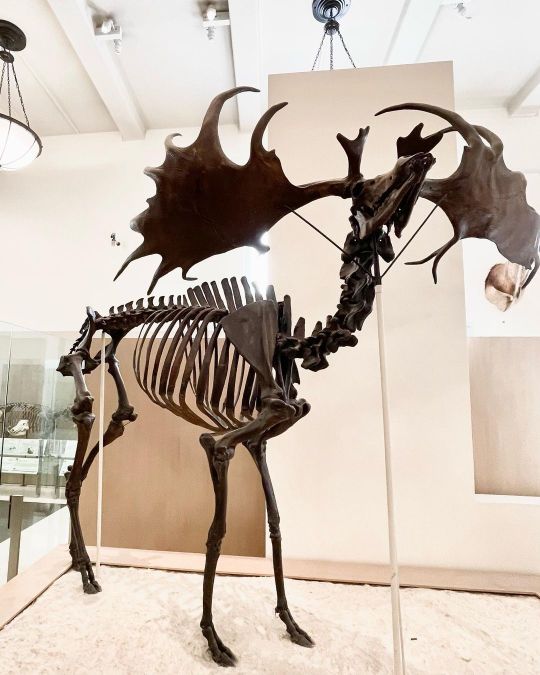
Have you ever heard of the “luck of the Irish?” ☘️ Well, this deer didn’t have it. Meet the Irish Elk, Megaloceros giganteus. It was originally discovered in bog deposits in Ireland. Once ranging from western Europe to China, this animal went extinct during the Pleistocene some 10,000 years ago. It was one of the largest known species of deer, weighing up to 1,500 pounds (680 kg). Its antlers, which could reach an incredible 13-foot- (4-m-) spread, were used in ritualized combat between males. Photo: M. Pelczar © AMNH #paleontology #fossils #history #naturalhistory #museum #amnh https://www.instagram.com/p/Cp5Kk0PL_7Y/?igshid=NGJjMDIxMWI=
998 notes
·
View notes
Text
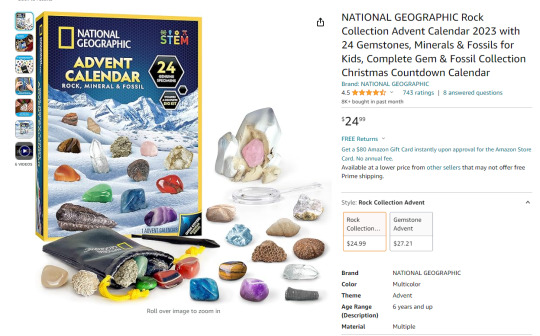
i dont want a lot for christmas...
there is just one thing i need...
#biology#sciblr#stem#science#paleontology#geology#earth science#climate change#rocks#cool rocks#mineralogy#minerals#crystals#fossils#evolutionarybiology#triassic#naturalhistory#mosasaur#prehistoric#dinosaurs#paleoart#theropod#cretaceous
98 notes
·
View notes